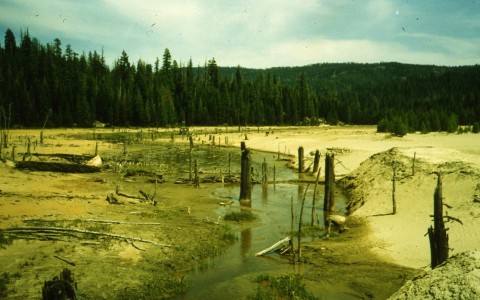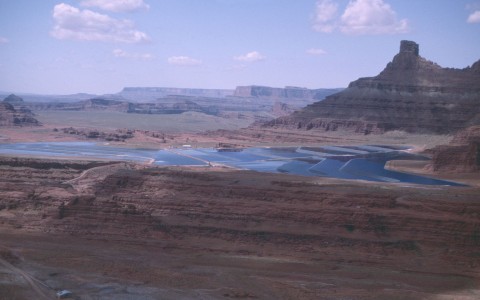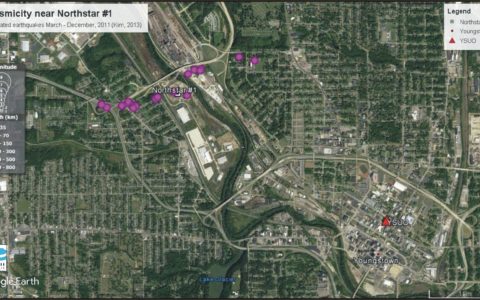
Lahontan GeoScience provides environmental services and groundwater resource analysis for the mining and petroleum industries such as:
- Permitting and regulatory compliance
- Deep injection well earthquake hazard assessment
- Baseline hydrogeologic analysis, groundwater modeling and dewatering/recharge studies
- Mine reclamation and closure plans
- Post-closure monitoring and inspections
- Groundwater sampling, monitoring well design and installation
- Induced seismicity monitoring
LGS specializes in preparation of mining permits, reclamation and closure, and performs groundwater and surface water monitoring to support mining efforts. We use groundwater computer models to evaluate mining impacts and characterize the groundwater resource. Creation of mine pits filled with groundwater after mining ceases is an ongoing issue that is addressed by performing groundwater chemistry and flow modeling to predict the time for pits to refill and the composition of the filled pit water. LGS has worked for mining clients, and county and state agencies overseeing mining operations, by performing site investigations as well as reviewing work done by other consultants.
LGS also offers services related to siting, monitoring and hazard evaluation of brine disposal wells. These deep injection wells (UIC Class II injection wells) are used in the petroleum industry to dispose of brine (produced water) from oil and gas wells. Oil-field brine (essentially salt water) is a common by product of oil and gas production and it must be disposed safely to avoid contamination of underground sources of drinking water (USDW). Therefore, these injection wells are completed in formations well below aquifers that supply water for consumption or agriculture. This can pose a seismic hazard as the depths required for isolation from USDW can also be the location of pre-existing faults, which can be triggered to cause earthquakes. LGS can assist its clients by conducting modeling of pore pressure increase at the depth of the receiving formation to guide decision making in the siting of wells, by monitoring seismicity near operating wells to identify potentially hazardous increases in activity and by analyzing earthquake occurrence to characterize the source of activity as natural or triggered/induced.
See below for some of our mining and petroleum services experience.
Abandoned Mine Reclamation
LGS staff managed site characterization and restoration design for historic abandoned copper mine located in Sierra Nevada Mountains for the California Regional Water Quality Control Board.
Mining and Petroleum Industries
Lahontan GeoScience provides services to the mining industry such as monitoring well installation, groundwater and surface water sampling, pit water quality assessment, numerical modeling of contaminant flows, basin yield studies and evaluation of induced seismicity.


